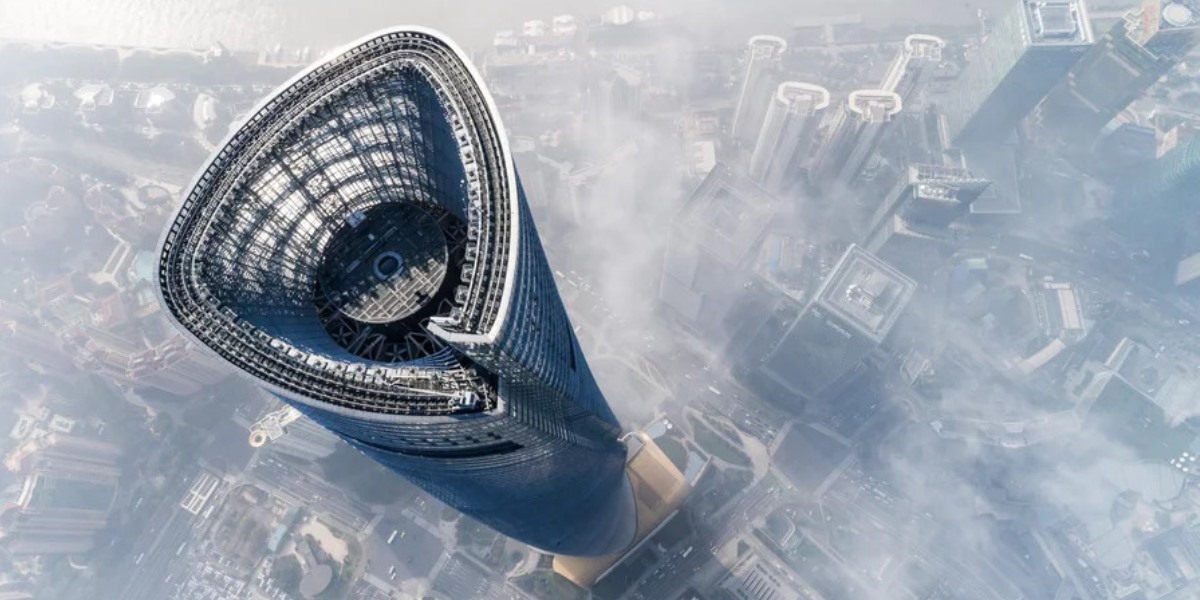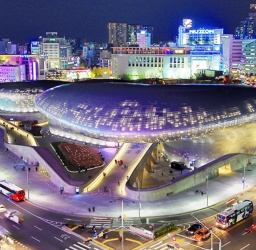UDC: Top Green and Sustainable Building Trends for 2024

As we move deeper into the 21st century, the urgency to address climate change and environmental sustainability has never been more pressing. The construction industry, a significant contributor to carbon emissions and resource consumption, is at the forefront of this transformation. Let’s discuss the top trends in green building in 2024
1. Net Zero Energy Buildings (NZEB)
One of the top trends in green building for 2024 is the construction of Net Zero Energy Buildings. NZEB are no longer futuristic; they are becoming the standard. These buildings produce as much energy as they consume, typically through a combination of energy efficiency measures and on-site renewable energy generation. Advances in solar panel technology, energy storage solutions, and smart grid integration are making NZEBs more achievable and cost-effective. In 2024, we expect to see a significant increase in the adoption of NZEBs across both residential and commercial sectors.
2. Mass Timber Construction
Mass timber construction is gaining popularity due to its sustainability benefits and architectural versatility. Using engineered wood products like cross-laminated timber (CLT) reduces the carbon footprint compared to traditional concrete and steel. Mass timber sequesters carbon and offers faster construction times and aesthetic appeal. With growing awareness and updated building codes, mass timber is set to change the construction industry in 2024.
15/11/2024 - Archicad Teamwork and Hotlinking
21/11/2024 - BIM Management - Archicad Template Creation
3. Biophilic Design
Biophilic design, which incorporates natural elements into the built environment, is becoming a mainstream approach in green building. This design philosophy enhances the connection between people and nature, promoting well-being and productivity. In 2024, we expect to see more buildings integrating green walls, natural light, indoor gardens, and water features. These elements not only improve indoor air quality but also provide psychological benefits to occupants.
4. Circular Economy and Material Reuse
The construction industry is embracing the principles of the circular economy, which focuses on minimizing waste and maximizing the reuse of materials. The use of reclaimed, recycled, and upcycled materials in new construction projects is on the increase. Innovations in deconstruction techniques and material tracking are making it easier to repurpose building components, thereby reducing the demand for virgin resources and lowering overall environmental impact.
EXPLORE ALL TRAINING OPPORTUNITIES BY UDC TRAINING CENTER
5. Smart Building Technologies
Smart building technologies are changing how we manage energy consumption, occupant comfort, and operational efficiency. In 2024, the integration of Internet of Things (IoT) devices, artificial intelligence (AI), and advanced building management systems (BMS) are also becoming more prevalent. These technologies enable real-time monitoring and optimization of energy use, predictive maintenance, and adaptive lighting and climate control, contributing significantly to the sustainability of buildings.
6. Green Roofs and Urban Agriculture
Green roofs and urban agriculture are transforming urban landscapes by bringing nature back into cities. The roofs provide insulation, reduce stormwater runoff, and mitigate the urban heat island effect. Urban agriculture initiatives, from rooftop gardens to vertical farms, are increasing access to fresh produce and promoting local food systems. However, a greater emphasis on integrating these green spaces into urban planning and building designs.
7. Health and Wellness Certifications
Health and wellness have become central to the green building movement. Certifications like WELL, Edge, and LEED are gaining traction, emphasizing the health and well-being of building occupants. These certifications focus on air quality, water quality, lighting, fitness, comfort, and mental health. In 2024, developers and building owners should ensure to obtain these certifications. Green buildings are not only environmentally friendly but also enhance the quality of life for their users.
15/11/2024 - Archicad Teamwork and Hotlinking
21/11/2024 - BIM Management - Archicad Template Creation
8. Resilient Design
With the increasing frequency of extreme weather events, resilient design is becoming a critical component of green building. Resilient design strategies aim to make buildings more durable and adaptable to changing climate conditions. This includes using flood-resistant materials, designing for passive survivability, and incorporating renewable energy systems that can operate independently during grid outages. In 2024, resilience will be a key consideration in the planning and construction of new buildings.
In conclusion, by integrating these innovative approaches into projects, we create buildings that are not only environmentally sustainable but also enhance the well-being of their occupants and communities.
Share:
Διαβάστε Επίσης
Η δύναμη του BIM στη σύγχρονη αρχιτεκτονική πρακτική
Η κλιματική αλλαγή είναι μια από τις μεγαλύτερες προκλήσεις της εποχής μας
 Ελληνικά
Ελληνικά  English
English


